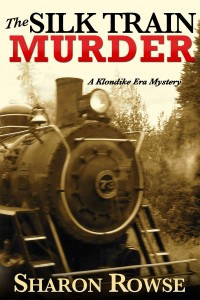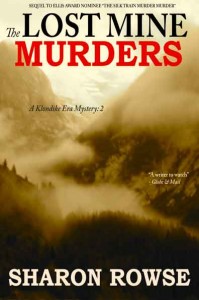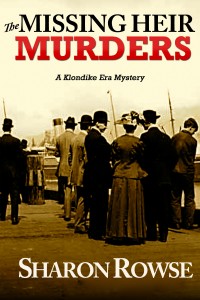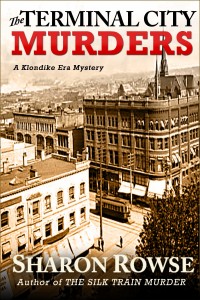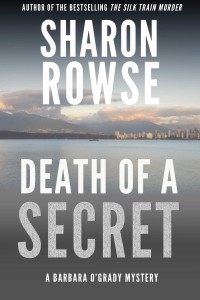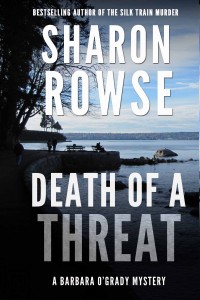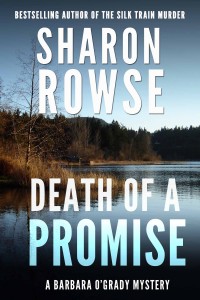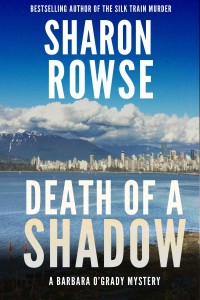I’m very pleased to introduce a guest blogger, fellow mystery author Debra Purdy Kong. Debra is the author of six full-length mysteries and over fifty short stories, and has won numerous awards for her work. When she’s not writing, she is a substitute facilitator for the Creative Writing program with Port Moody Parks & Recreation. Debra’s a member of Crime Writers of Canada and the Burnaby Writers’ Society. More information about her books and her blog can be found at www.debrapurdykong.com You can visit her FB Author Page: https://www.facebook.com/pages/Mystery-Author-Debra-Purdy-Kong/139005706175139. Or find her on Twitter @DebraPurdyKong
And now, here’s Debra on blending fact with fiction in mysteries:
Over the past year I’ve given workshops about incorporating real-life experiences into fiction. It can be challenging for writers, given that we live in a litigious society where associates and even relatives might see an opportunity for financial gain if they feel their privacy’s been destroyed or their reputations defamed. But many stories have at least some grain of truth in them.
In fact, great fiction often reveals fundamental truths about the human condition. Those truths often revolve around the story’s theme inspired by the author’s past. In crime fiction, I know many writers who draw on their own childhoods, jobs, and neighborhoods to tell a story. Let’s face it, numerous books and articles tell writers to write what they know. It’s not bad advice. If the protagonist’s career is based on the writer’s firsthand knowledge, then authenticity and details can make the story more engaging for readers.
Insider knowledge inspired me to write mystery novella, Dead Man Floating. Like my protagonist Evan Dunstan, I was a campus security guard and communications officer. Plenty of human drama crossed my path…altercations, injuries, and criminal activity. Those situations, combined with other job experiences, provided opportunities to reflect on workplace issues such as rivalry, ethical dilemmas, and bullying.
So, how much of my novella is fact and how much is fiction? First, I created my own campus and then I created Evan from the ground up. He does have two things in common with former work colleagues in that he aspires to become a police officer. He also worries about making the type of mistakes that would land in him trouble. I created other characters in the novella who come from a variety of ethnic backgrounds as this is a true reflection of the many people I worked with in this transient business. Some were struggling single parents, others were putting themselves through school, and a few simply wanted a part-time retirement job.
I also incorporated some of the procedures I followed when investigating incidents such as fire alarm, for instance. As for the plots? Well, the murder in Dead Man Floating came strictly from my imagination. When you’re writing about murder, drawing on what you know is highly unlikely. Writers need to incorporate research skills with imagination. We need to challenge ourselves, to step beyond boundaries and delve into areas we’ve never experienced firsthand. With all the research tools at our disposal, blending fact and fiction is not only possible, but can be a great deal of fun.
Debra’s latest work is the novella DEAD MAN FLOATING.
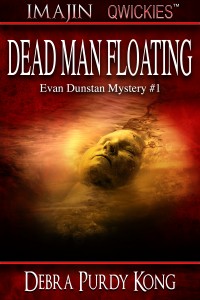
Here’s an extract:
“Propping the kickstand, Evan removed the small flashlight attached to his belt then stepped nearer the water. Oh shit! It was a hand! A freakin’ hand! And legs! He moved the flashlight up the body until he spotted the grey fringe circling a bald head that glowed like a moon. Evan shivered. Was the guy alive? He wouldn’t have to perform CPR, would he? That first-aid course last year didn’t go so well after he broke that manikin.”
DEAD MAN FLOATING can be ordered at: Amazon.com Smashwords Kobo


